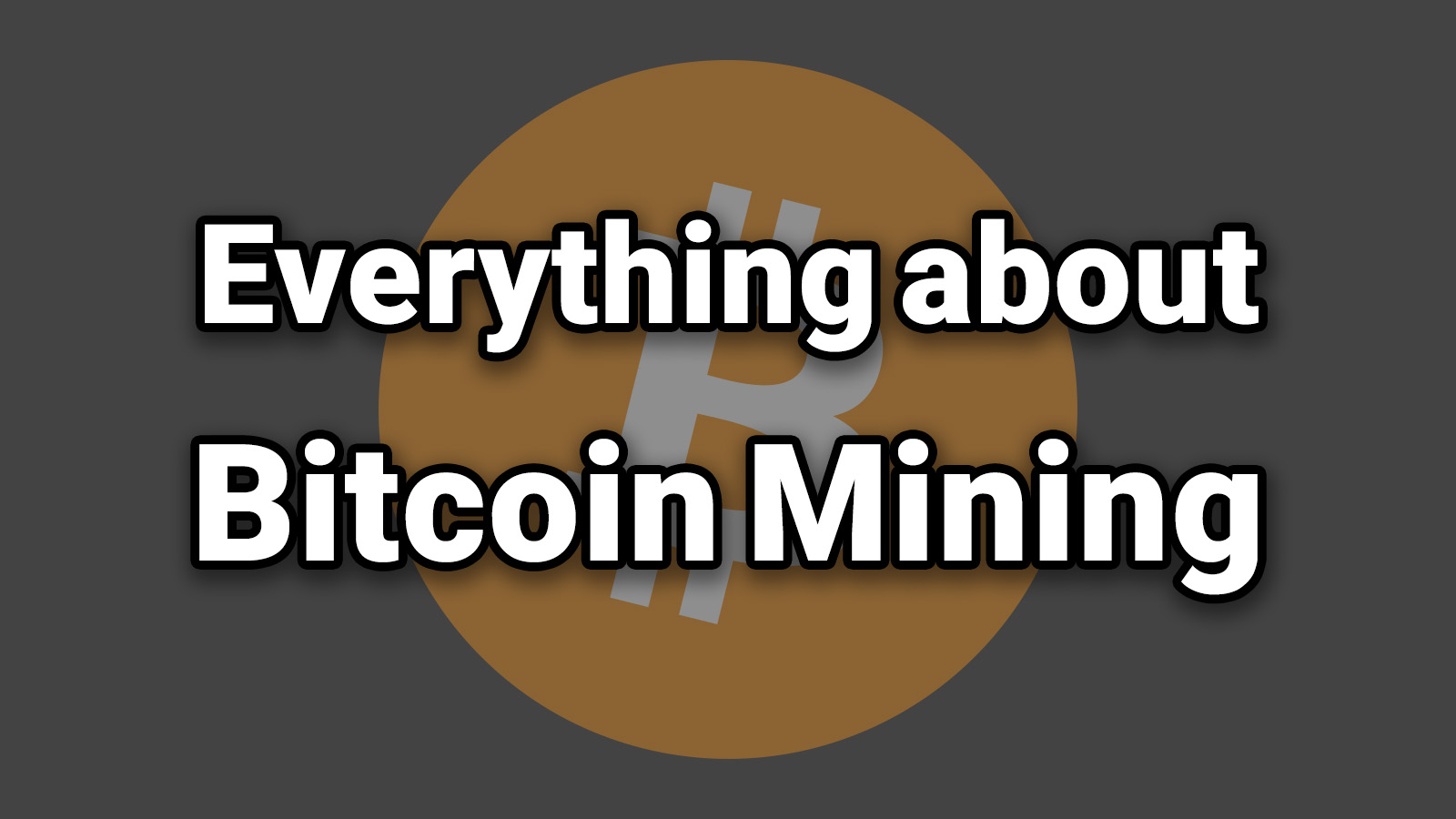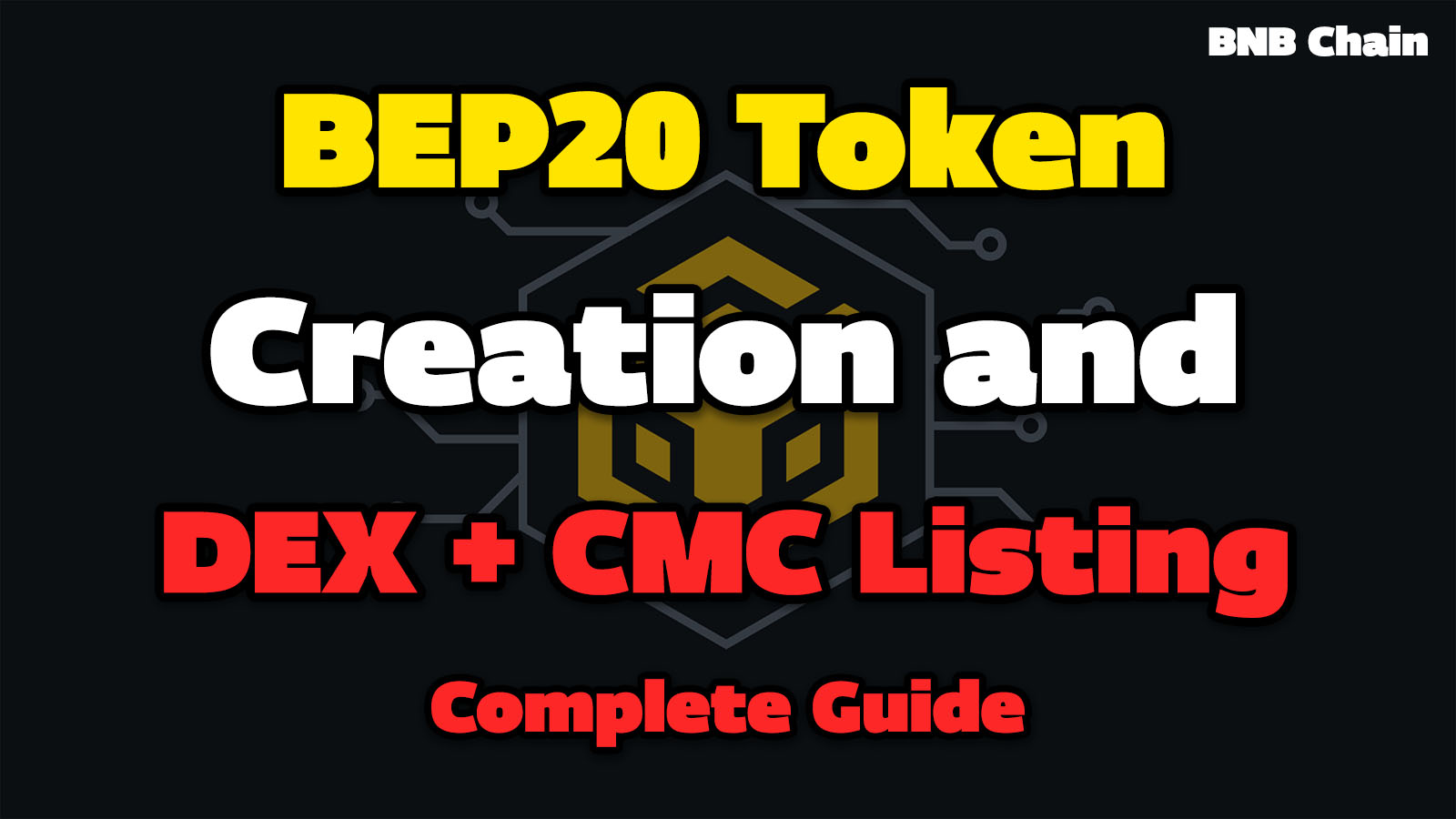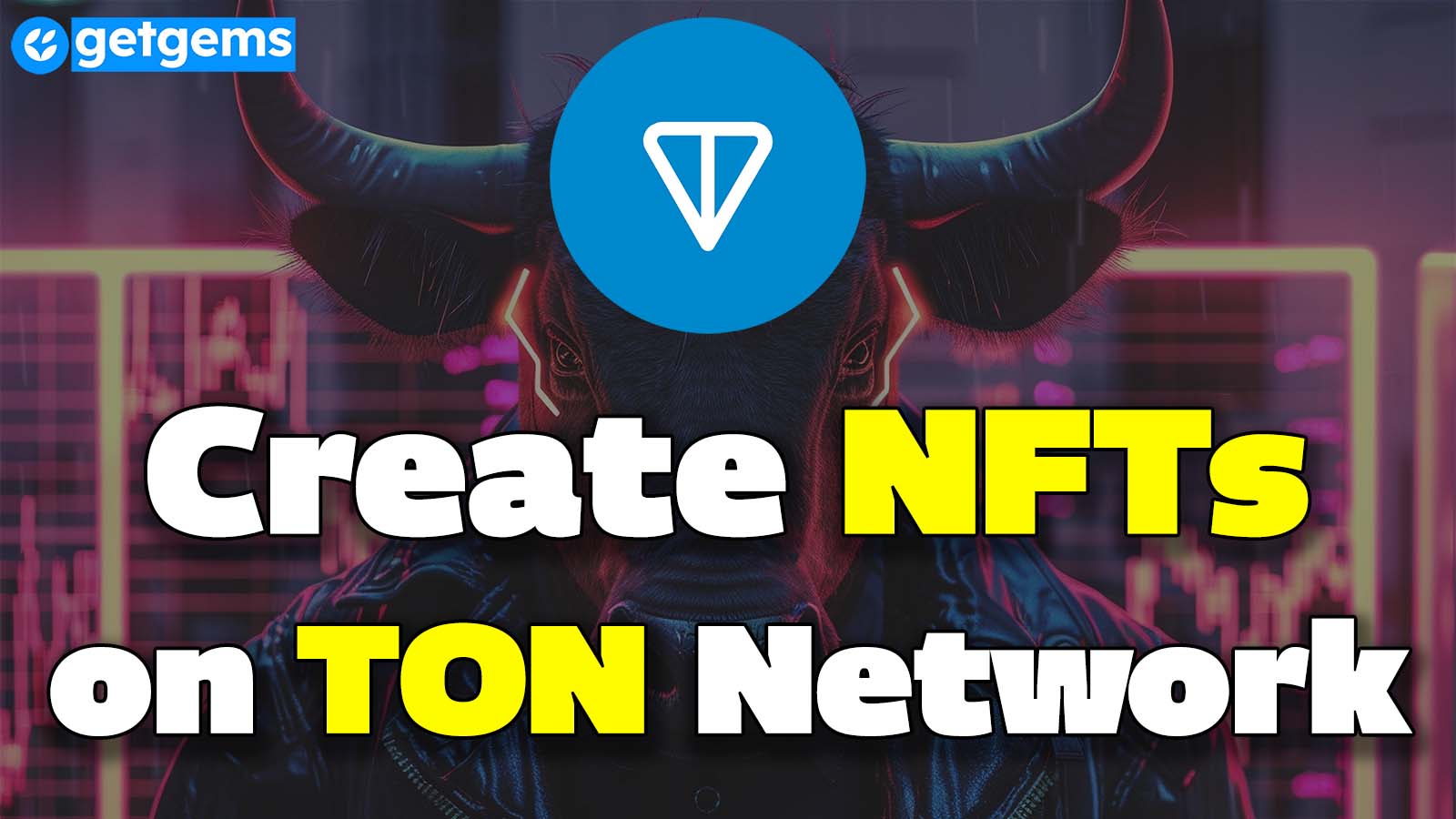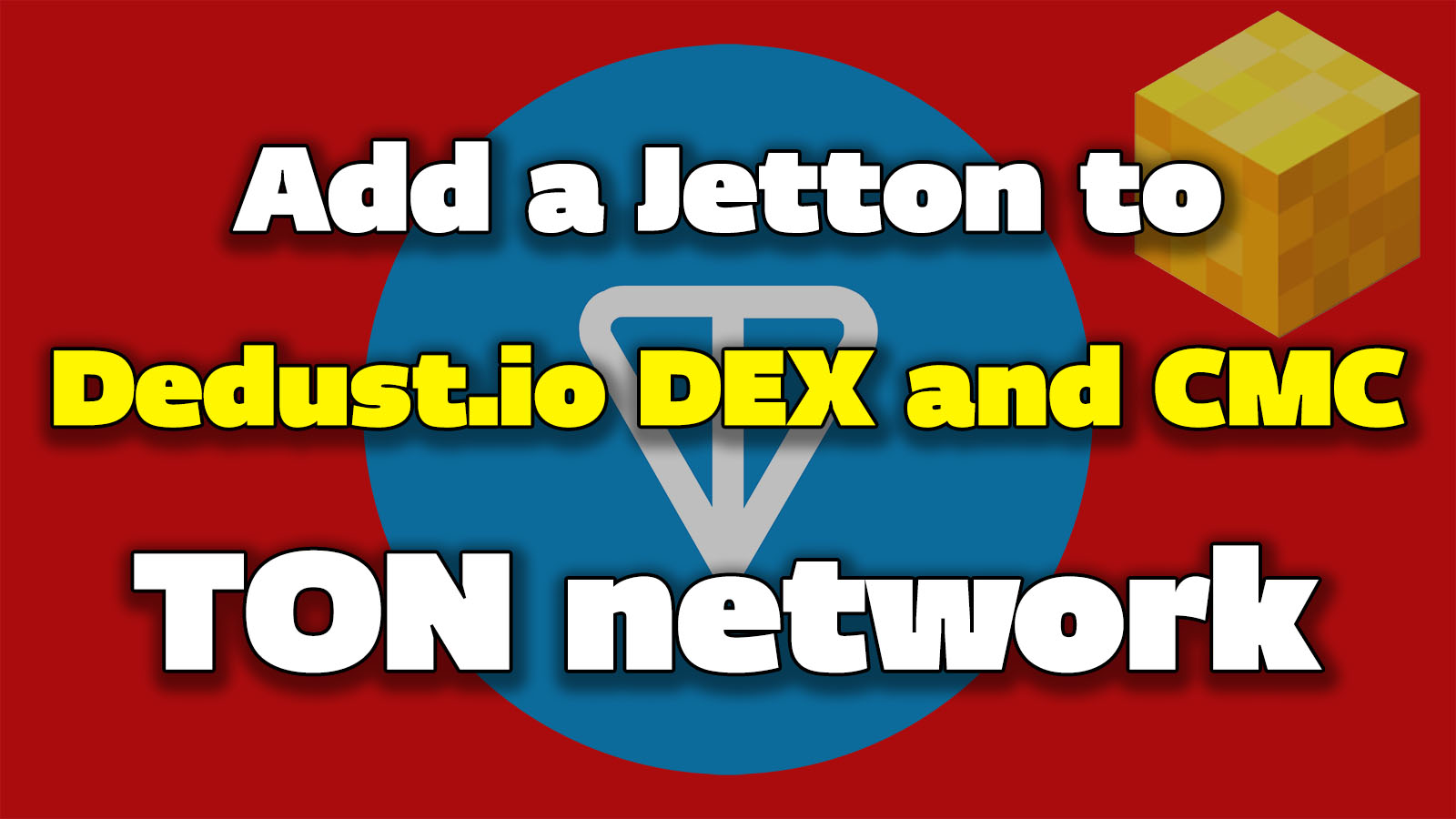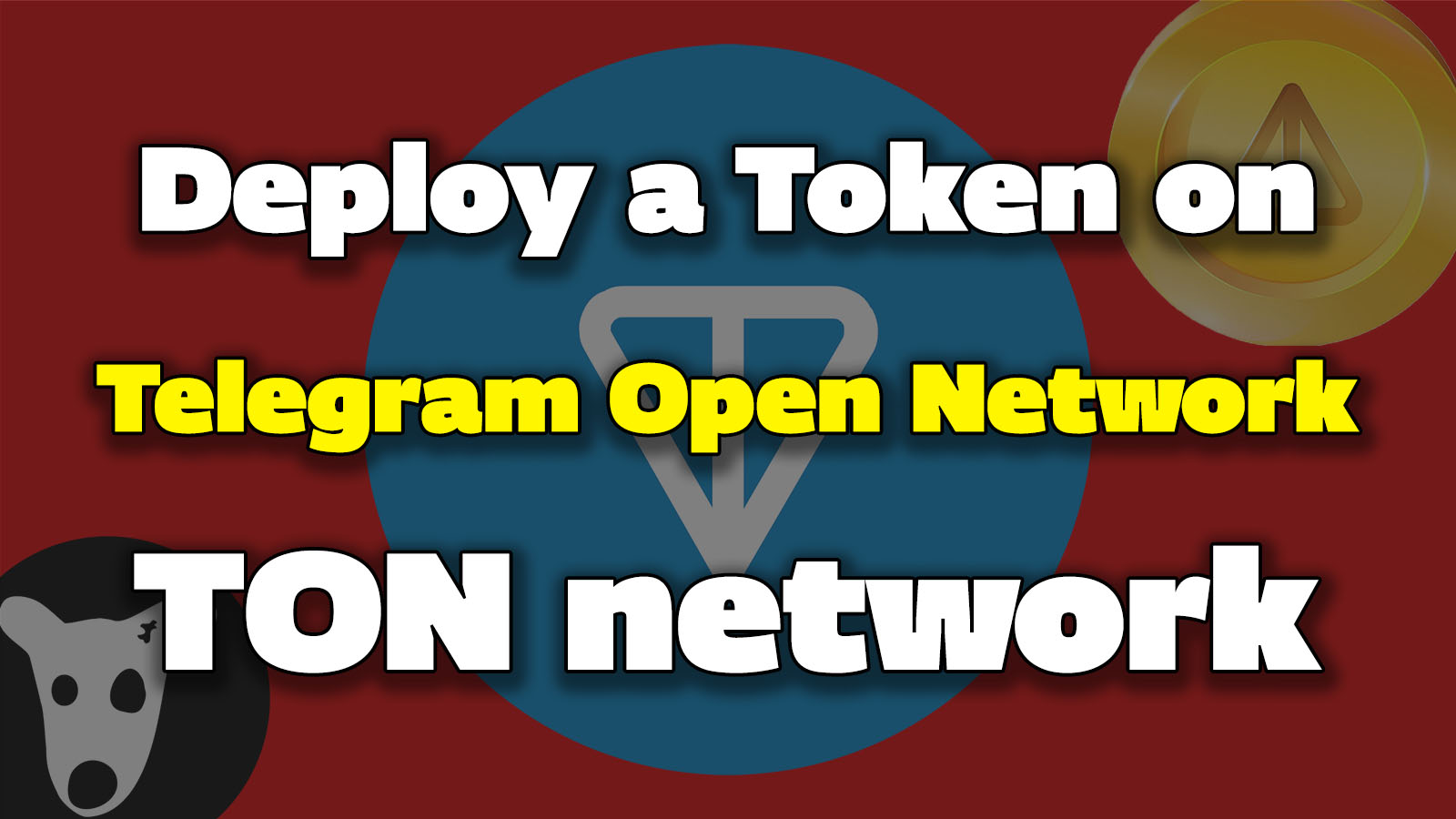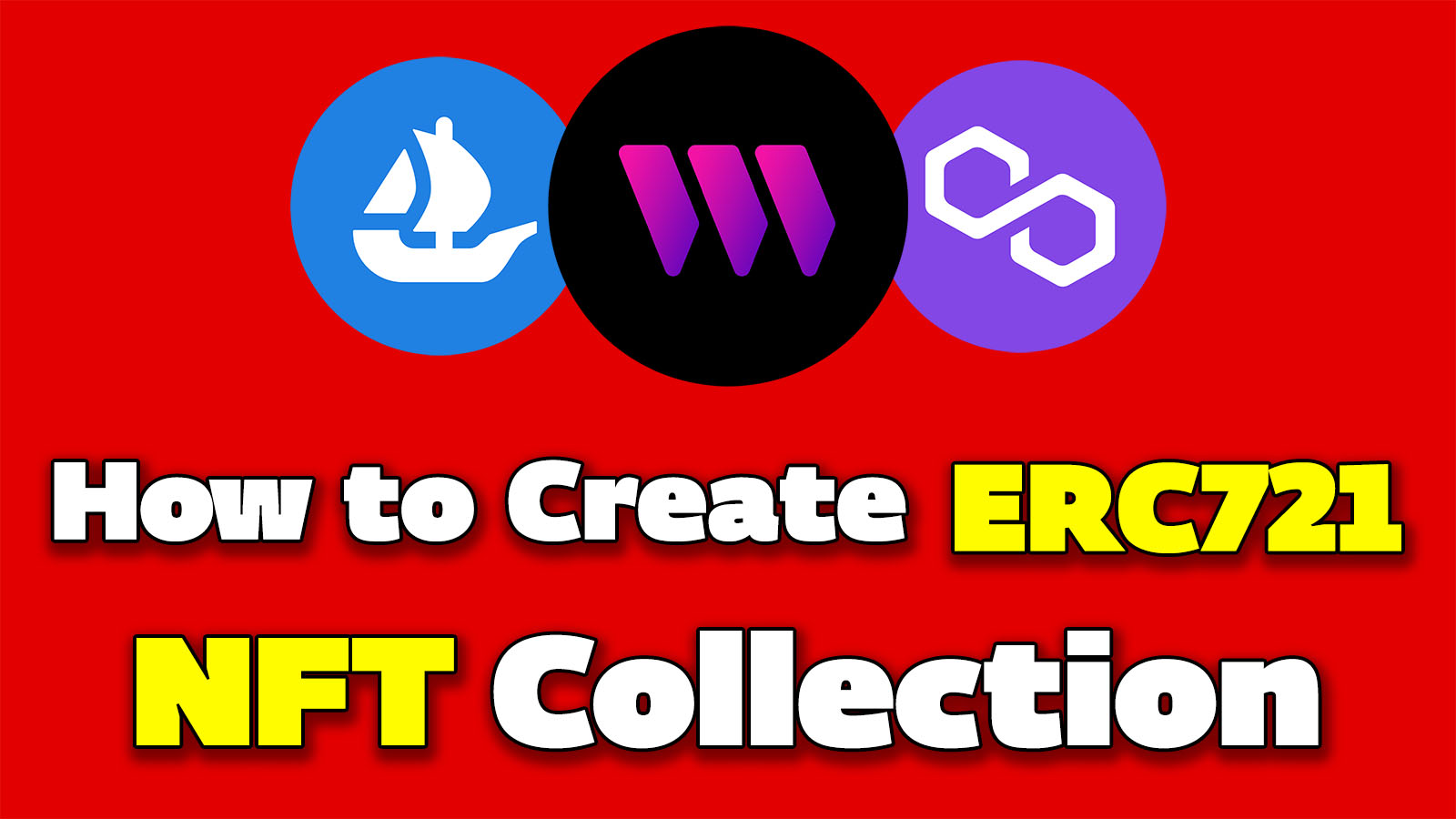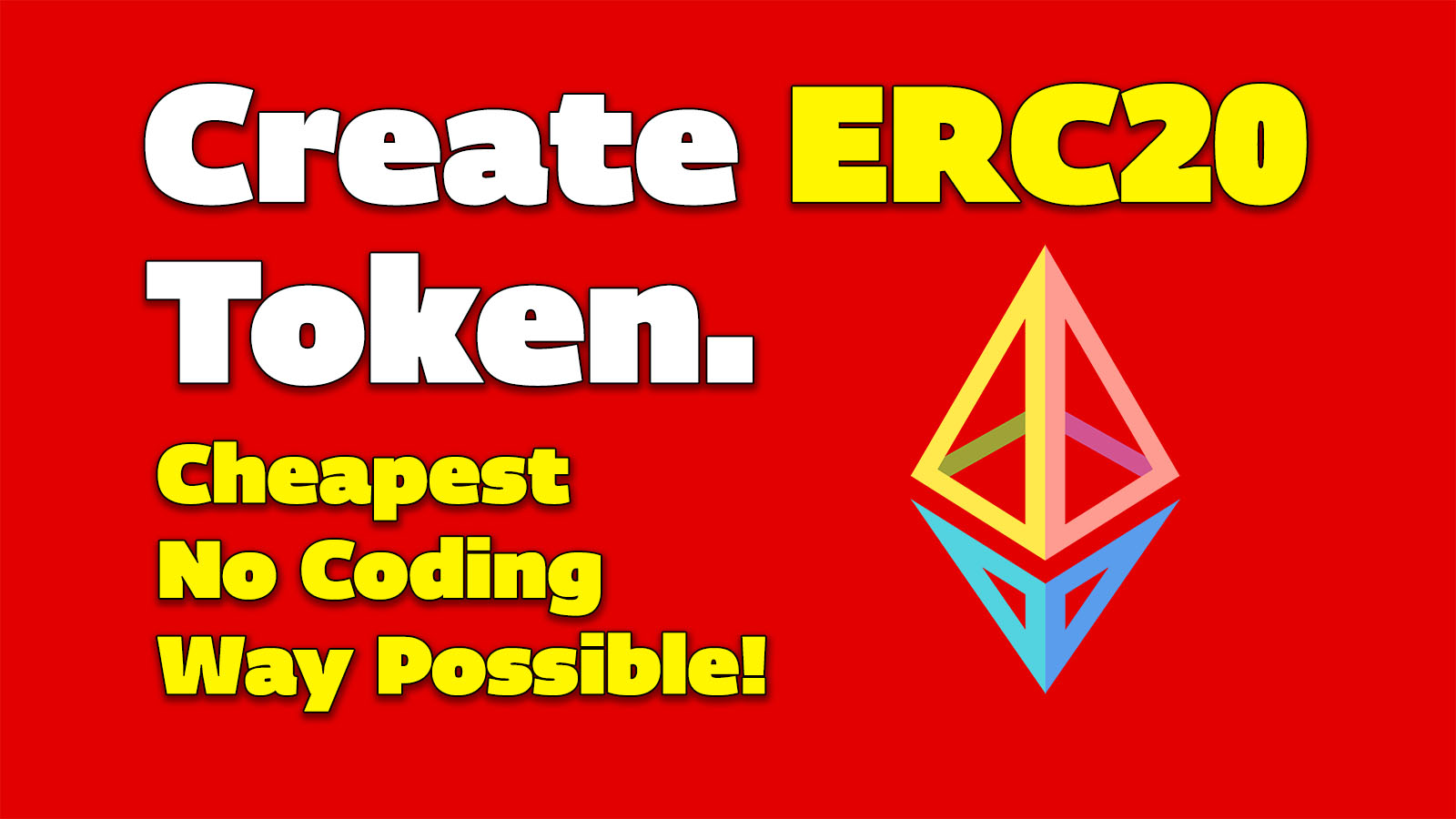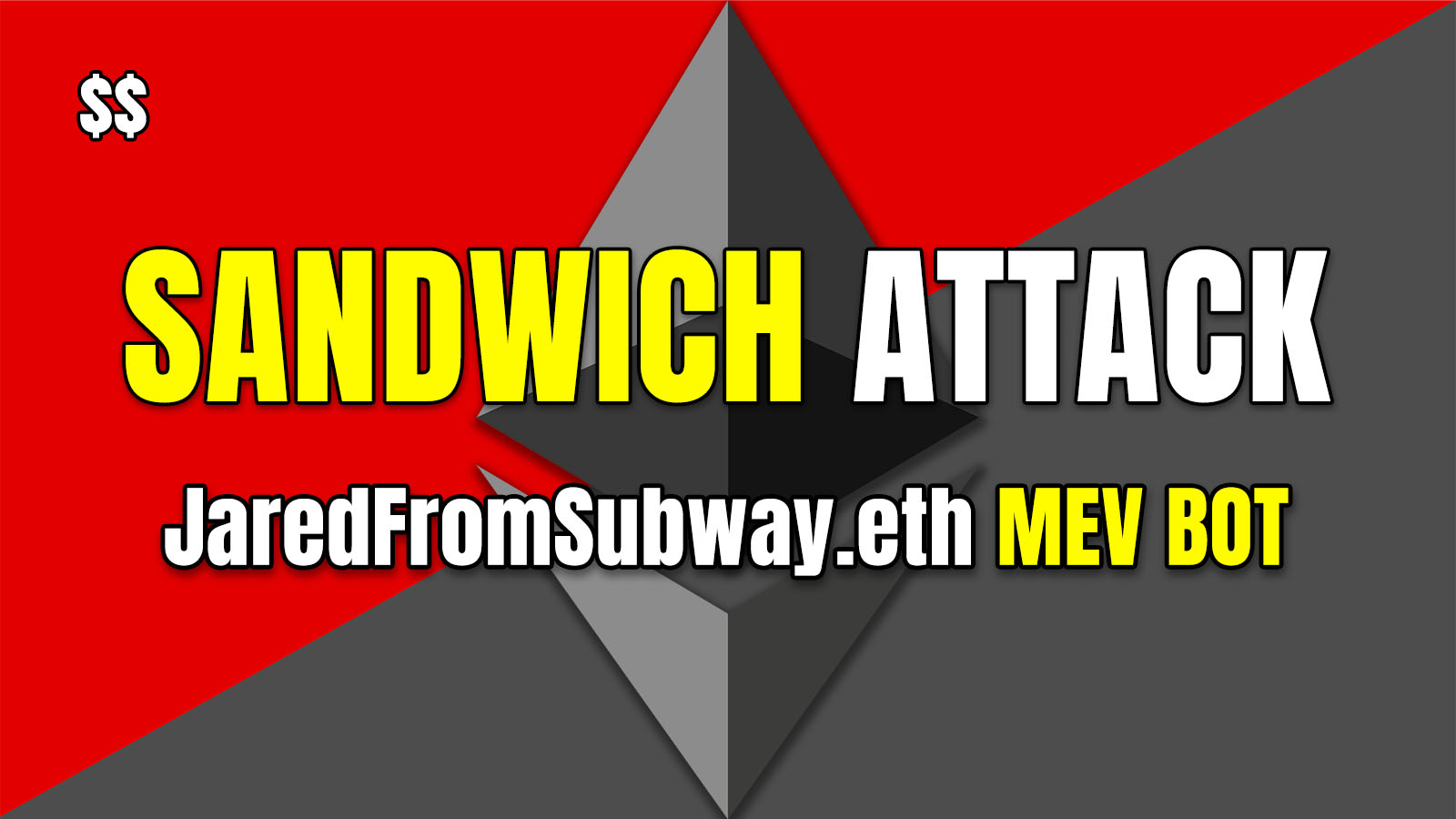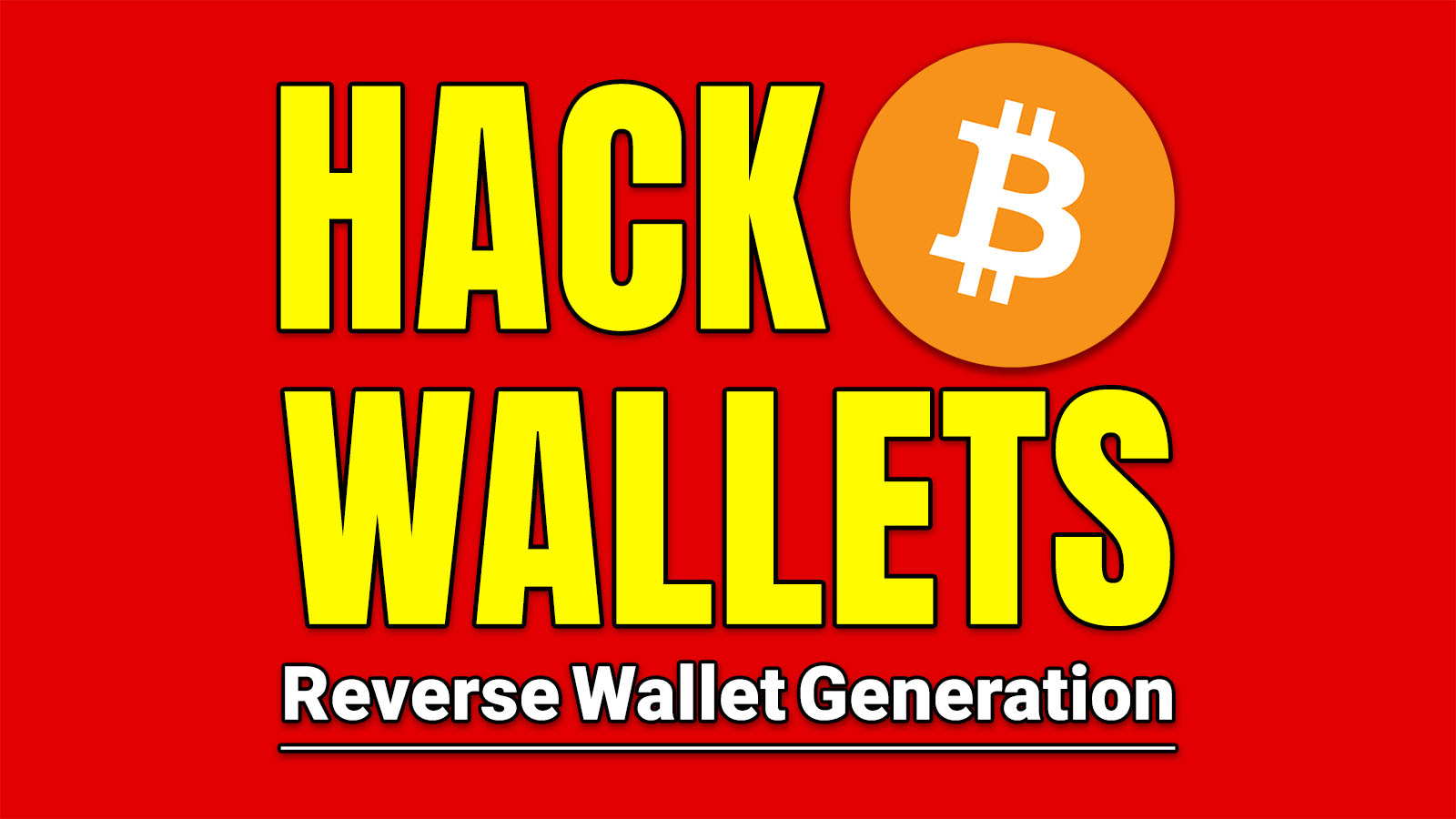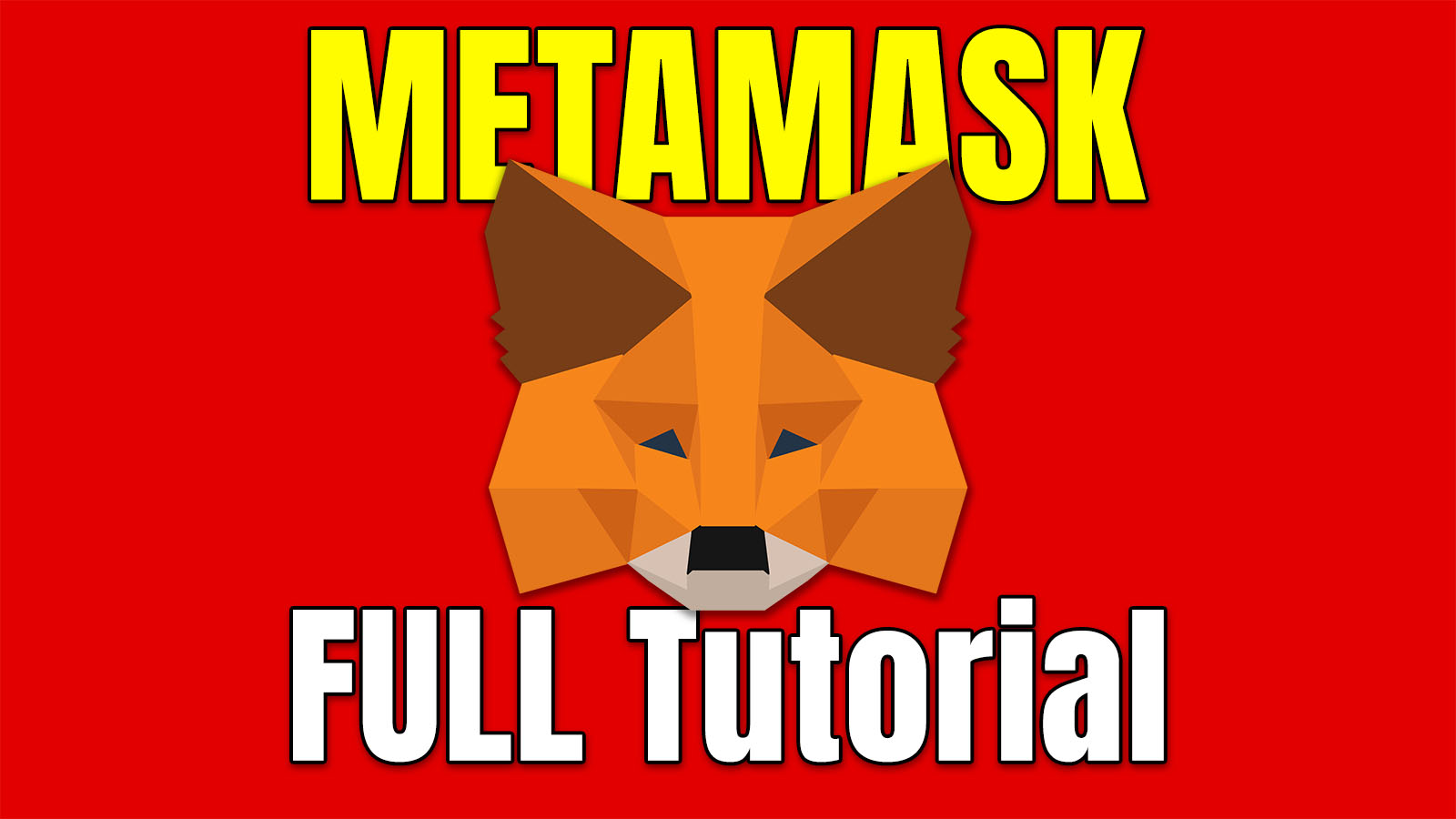In the article Everything about Bitcoin mining, of Bitdemy website, we attempts to create a complete guide on Bitcoin mining.
What is Bitcoin mining?
Bitcoin mining is the process by which new Bitcoins are put into circulation and transactions are confirmed and added to the public ledger known as the blockchain.
Miners solve complex mathematical problems using powerful computers to add transaction blocks to the blockchain and earn Bitcoin as a reward.
This essential process produces new Bitcoins that decrease over time by a predetermined design, protecting the network from fraud.
Want to learn more about Bitcoin first? So be sure to read Everything About Bitcoin.
Key Mining Concepts
- Blockchain: A digital ledger that securely records all Bitcoin transactions, like a chain of interconnected blocks.
- Mining: The process of using computer power to solve complex puzzles, secure the network, and process transactions in exchange for new bitcoins and transaction fees.
- Block Reward: The amount of new Bitcoin given to a miner who successfully solves the puzzle of a new block, which is halved approximately every four years.
- Hash function: A mathematical algorithm that takes any input and produces a fixed-size string of characters that is unique for different inputs.
- Hash rate: The speed at which mining equipment can solve cryptographic puzzles, measured in hashes per second (h/s) and indicating mining power.
- Nonce: A random number that miners repeatedly change to obtain a different hash value until they find one that meets the network's requirements.
- Difficulty: A measure of how hard it is to find a new block compared to the easiest block. Adjusts to keep the block discovery rate constant.
- Proof of Work (PoW): A consensus mechanism that requires miners to solve cryptographic puzzles to verify transactions and create new blocks, ensuring the security and integrity of the network.
- Node: A participant in the Bitcoin network. You can read the Node article .
What role does mining play in the Bitcoin ecosystem?
Mining is the backbone of Bitcoin and as such plays a crucial role in the ecosystem, performing several essential functions:
Transaction confirmation
Miners verify transaction data and add it to the Bitcoin blockchain.
This process ensures the legality of transactions and prevents issues such as double spending,
prevents someone from trying to spend the same Bitcoins more than once.
Network security
Miners make changes to the Bitcoin blockchain computationally expensive by solving complex mathematical puzzles.
This secures the network against fraudulent activity and attacks, as altering past transactions requires a large amount of computing power to redo the work of subsequent blocks.
Decentralization
Mining helps decentralize the Bitcoin network. Since anyone with the necessary hardware and access to electricity can participate in mining,
It helps distribute control over the network and prevents any one person from having too much influence.
Issuance of currency (new bitcoins)
Bitcoin mining is the process by which new Bitcoins are created.
Miners receive new Bitcoins and transaction fees for each block they successfully add to the blockchain.
This reward mechanism not only incentivizes miners to keep the network secure, but also controls the supply of new Bitcoins.
By mimicking the rate at which commodities like gold are extracted from the earth, it contributes to Bitcoin's reputation as "digital gold."
Consensus building
Bitcoin mining is a vital component of the consensus mechanism in the Bitcoin network (proof of work).
This ensures that all participants in the network agree on the current state of the blockchain and adhere to the same set of rules, maintaining the integrity and continuity of the blockchain.
Proof-of-Work Algorithm and Its Importance
Bitcoin is the first digital currency to solve the double-spending problem by using a proof-of-work mechanism in a peer-to-peer network.
Proof of Work (PoW) is a consensus mechanism that underlies the operation of Bitcoin and several other cryptocurrencies.
This functionality enables a decentralized network to agree on the state of the blockchain without relying on a central authority.
PoW requires miners to solve complex mathematical puzzles (work),
A process that requires significant computing power and energy (=financial investment).
They, in turn, are rewarded with newly created Bitcoin and transaction fees.
The reward system encourages miners to continuously invest resources in the hope of earning rewards, making dishonest behavior, such as attempting to alter the blockchain for fraudulent profits, less attractive.
Any attempt at fraud (such as double spending) would require an impractical amount of computing power to outpace the honest network, and the cost of dishonesty would be significantly greater than the potential reward.
In the context of game theory, proof-of-work creates a competitive environment in which miners are encouraged to act honestly for their own benefit, balancing individual interests with the security and integrity of the network.
This competition forms the basis of a Nash equilibrium, a concept from game theory in which no participant can gain by unilaterally changing their strategy,
Gain if others keep their strategy unchanged.
How is Bitcoin mined?
Bitcoin mining involves several key steps that ensure transactions are securely added to the blockchain and new Bitcoins are generated as rewards for miners.
Overview of the Bitcoin mining process:
Transaction confirmation
Miners collect the network's pending transactions from the mempool to form a new block.
Create a new block
These transactions are compiled into a block and await confirmation. Given the limited space available in each new block, miners tend to prioritize transactions with high transaction fees.
Calculating the Merkel root
The transactions in the new block are hashed together in pairs, and then those hashes are hashed together, and so on until there is a single hash for all transactions, known as the Merkle root.
Proof-of-work puzzle location by miners
This step, which is the most computationally intensive, involves finding a nonce (a variable number that miners can change) that, when added to the block and passed through a hash function, produces a hash that meets the network's difficulty goal.
Finding the nounce in Bitcoin mining
Miners use specialized hardware to quickly guess many nonce values to find the correct one that solves the puzzle. This process requires significant computing power and electricity, as the chances of finding the correct value on any given attempt are very small.
Network validation
When a miner solves the puzzle, other nodes in the network validate the new block. If the block meets the necessary conditions (the transactions are valid and the PoW puzzle is solved correctly), the block is accepted.
Adding a block to the blockchain
Once validated, the new block is added to the blockchain. This update is propagated throughout the network and transactions in the block are considered confirmed.
Rewarding miners
The successful miner receives newly created Bitcoins (block reward) and transaction fees from block transactions.
Repeat the process
Miners are constantly competing to solve new puzzles, process new transactions, and secure the network.
Bitcoin mining mechanics
Understanding mempool
Mempool (short for Memory Pool) is a collection of unconfirmed transactions waiting to be included in a block.
When users make Bitcoin transactions,
They are first broadcast to the network and temporarily stored in the mempool until miners select and verify them in the next block.
The state of the mempool reflects the current demand for block space on the Bitcoin network.
It is affected by factors such as transaction volume, block size limit, and miner behavior.
Candidate block creation
Miners select transactions from the mempool when creating a new block.
Transactions with higher fees often have higher priority because miners are incentivized by these fees.
This means that transactions with higher fees are likely to process faster if the network is busy.
Creating a block header
The block header is a critical component of the candidate block.
After constructing the block header, miners use the SHA-256 hash algorithm to produce a fixed-size (256-bit) output – a hash.
Comparison vs. Difficulty
The resulting hash is then compared to the current difficulty target.
If the hash meets the criteria (i.e. has the required number of leading zeros), then the block is valid.
However, given the astronomical odds against finding a valid hash,
Miners will probably need to adjust the Nonce and try again.
Setting Nonce in Bitcoin Mining
The nonce in the block header is modified and for each new hash attempt,
It increments it by one (or uses other strategies to change its value).
By changing the nonce, the resulting hash changes dramatically due to the cryptographic properties of the SHA-256 algorithm.
Even the slightest change in the input value, such as the difference between “Hello” and “Hello”, results in a completely different hash value.
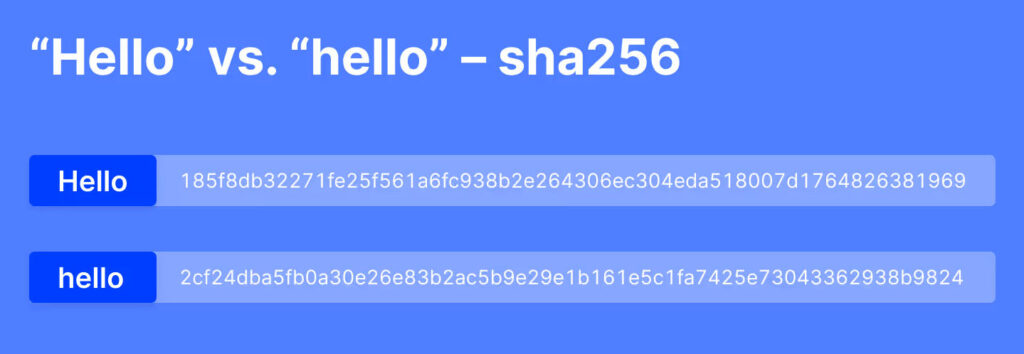
Block broadcast
The first miner to achieve a valid hash announces the new block to the network for verification, securing a reward of new bitcoins and transaction fees.
Mine difficulty setting
When more miners join the network, the hash rate increases and the probability of finding a new block in less time increases.
To prevent this, Bitcoin automatically adjusts difficulty approximately every two weeks to keep the time it takes to add a block at around 10 minutes.
Conversely, if miners leave the network and mine Bitcoin and the hash rate decreases, the difficulty of keeping the block time constant decreases.
This adaptability ensures that the network remains stable and functional regardless of changes in mining power.
Bitcoin block mining reward
Miners are rewarded for their efforts in two ways: block rewards and transaction fees.
The Bitcoin system reduces block rewards over time due to halving.
Miners receive a certain amount of Bitcoin as a reward for mining a block.
As the rate of new Bitcoin issuance slows, transaction fees become a more vital source of income for miners.
This change ensures that as the block reward decreases, miners' reliance on transaction fees increases and their incentive to secure the network is maintained.
How mining affects the supply of Bitcoin
One of the defining features of Bitcoin's tokenomics is its fixed supply cap of 21 million coins.
This design was deliberately chosen by Bitcoin's pseudonymous creator, Satoshi Nakamoto, to create an asset unaffected by inflation.
Unlike fiat currencies, which can be printed in unlimited quantities and lead to inflationary pressures,
Bitcoin's limited supply ensures that its release is predictable and cannot be changed.
Bitcoin runs so-called halving events to increase the time it takes to reach the 21 million cap.
It halves miners' block rewards every 4 years, ensuring a gradual approach to its maximum supply limit.
Bitcoin mining reward halving
Every 210,000 blocks, or approximately four years, Bitcoin undergoes a “halve” in which the block reward for miners is cut in half.
When Bitcoin first launched in 2009, it started with a reward of 50 Bitcoins per block,
Bitcoin has halved the reward several times before, and this process will continue until the block reward reaches zero.
Halvings can lead to higher prices through supply and demand dynamics, often attracting more attention and sometimes triggering bullish market cycles.
History of Bitcoin Mining
CPU mining
Initially, Bitcoin mining was done with central processing units (CPUs), the all-purpose brains of computers that perform various tasks.
This was possible when Bitcoin was new, its community was small, and its mining difficulty was low.
However, as Bitcoin's popularity grew and the network expanded, CPUs no longer provided the computing power necessary for efficient mining.
GPU mining
The move to graphics processing units (GPUs) was a game changer in mining.
GPUs, which are primarily designed for video game graphics,
These systems excel at complex calculations and parallel processing, making the Bitcoin mining algorithm very effective.
FPGA mining
Field-programmable gate arrays (FPGAs) provided a further leap in efficiency.
Unlike GPUs, FPGAs can be customized for specific tasks and
It allows miners to tune their hardware for the Bitcoin mining algorithm and achieve better performance with less energy consumption.
ASIC mining
The introduction of application-specific integrated circuits (ASICs) represents the pinnacle of Bitcoin mining technology.
ASICs are exclusively for Bitcoin mining,
Engineers have designed these systems specifically to run the SHA-256 hash algorithm.
Their unparalleled speed and efficiency surpass previous technologies.
However, their inability to perform tasks beyond extraction,
Making them highly specialized tools in the cryptocurrency mining industry.
Security and 51% attack
Bitcoin mining secures the blockchain,
But it poses a theoretical risk called a 51% attack, in which one entity gains majority control of the network's mining power.
This control can allow for transaction manipulation and double spending of coins – use them for transactions first,
Then delete those transactions from the blockchain to spend the coins again.
Attackers may use “shadow mining” to create a secret, parallel blockchain, and later overtake the main chain by providing a longer chain.
This invalidates transactions recorded in discarded blocks, posing significant risks to Bitcoin's security and reliability.
Although theoretically possible, the decentralized nature and significant cost of achieving more than 50% mining power,
It makes such attacks impractical and unlikely, preserving Bitcoin's security and users' confidence in transaction integrity.
Legality and taxation of Bitcoin mining
In recent years, authorities have imposed fairly strict regulations on Bitcoin mining.
For example, in Iran, mining Bitcoin without a license is illegal and carries heavy fines.

